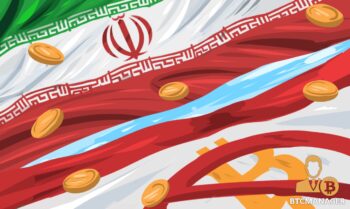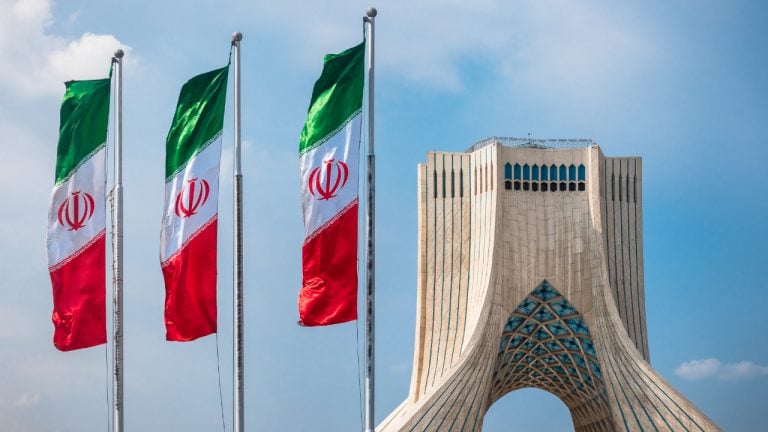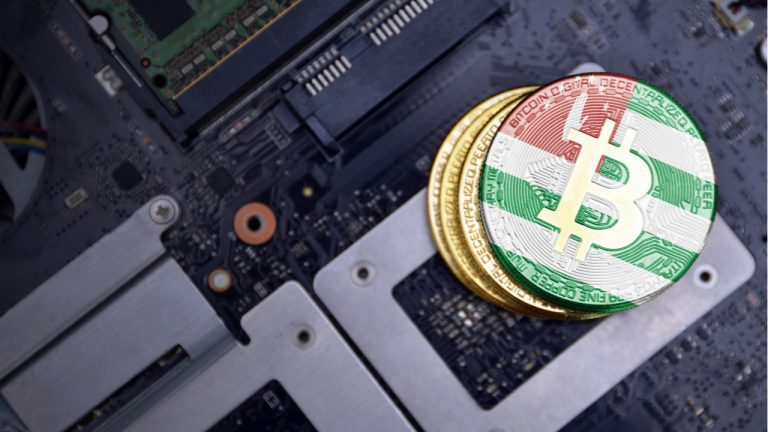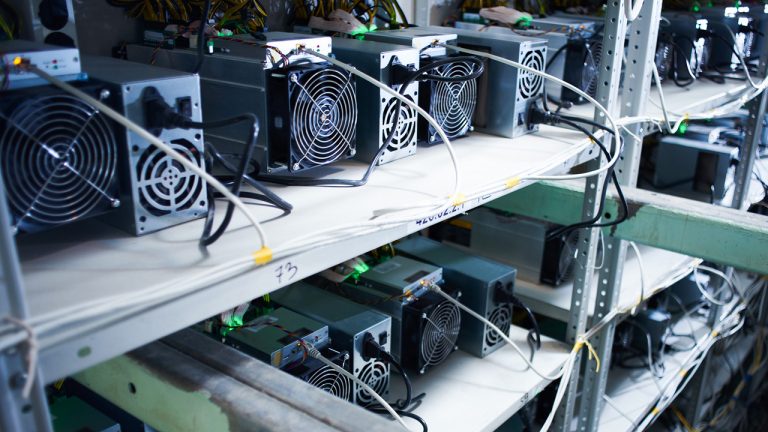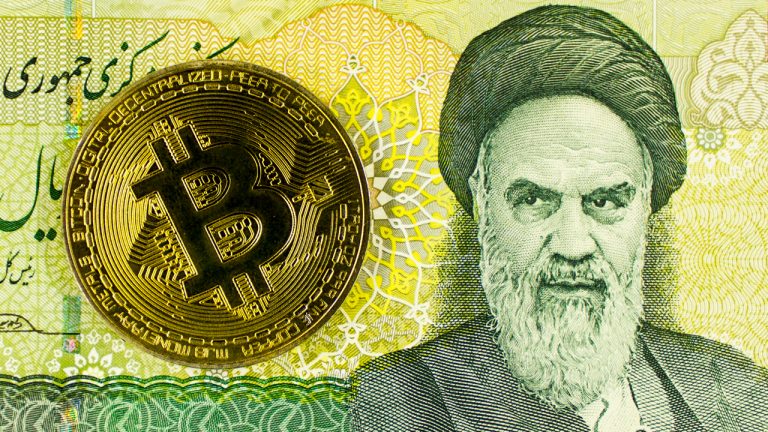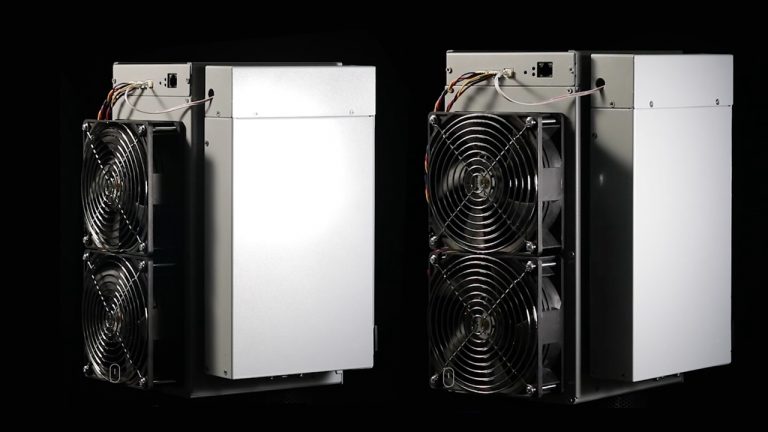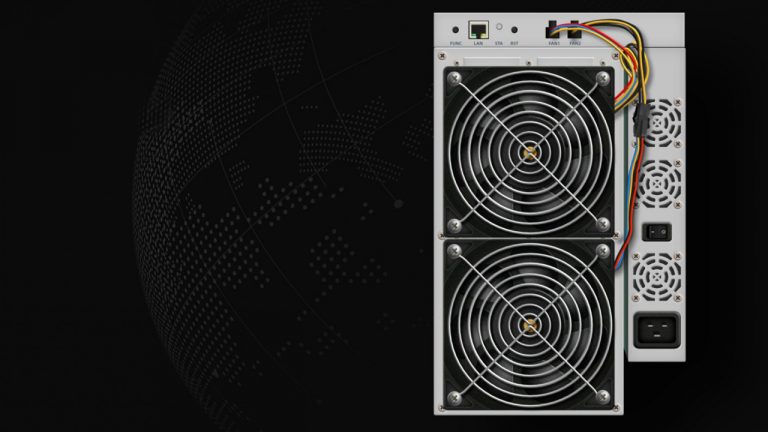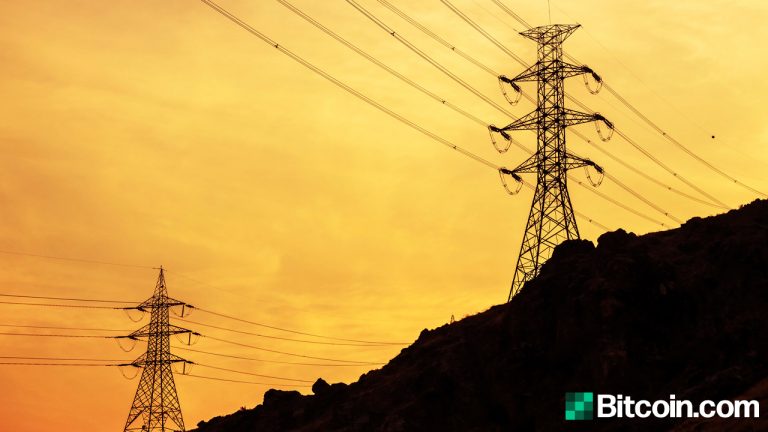
2021-1-27 12:00 |
As Iran experiences rolling electricity blackouts, the country’s authorities have responded to the crisis by targeting bitcoin mining farms. The sanctions-hit country’s campaign against miners has seen a total of 1,600 mining centers being shut down. This Iranian blitz on cryptocurrency miners, however, appears to contradict the country’s previous policies towards cryptocurrency mining.
The Real Cost of Electricity in IranAccording to a report, the Islamic Republic has previously “authorized 24 bitcoin processing centers that consume an estimated 300 megawatts of energy.” Furthermore, Iran’s “electricity cost of around 4 cents per kilowatt-hour,” as well as the tax-free zones in the south, helped to attract “tech-savvy Chinese entrepreneurs.”
Still, the report explains that other elements inside the Iranian government are more concerned with “how much money is sent abroad and controlling money laundering.” Across the country, bitcoin is used by business people and individuals to bypass the United States’ “banking sanctions that have crippled the economy.”
Although Iran’s electricity costs are more competitive relative to those of its peers, the report, however, suggests that the country’s bitcoin miners have a different view. As Mohammad Reza Sharafi, the head of the country’s Cryptocurrency Farms Association hints, Iran’s electricity costs are not viable. He suggests that they in fact could be “discouraging investment.”
The report quotes Sharafi stating:
Activities in the (bitcoin mining) field are not feasible because of electricity tariffs.
In explaining this contention that Iran’s electricity tariffs are high, Sharafi reveals that from permits that were given to 1000 investors, “only a couple dozen server farms are active.” The rest of the miners seem to be put off by the fact that the power tariffs they face are five times more than those of “steel mills and other industries that consume far more power.”
if (!window.GrowJs) { (function () { var s = document.createElement('script'); s.async = true; s.type = 'text/javascript'; s.src = 'https://bitcoinads.growadvertising.com/adserve/app'; var n = document.getElementsByTagName("script")[0]; n.parentNode.insertBefore(s, n); }()); } var GrowJs = GrowJs || {}; GrowJs.ads = GrowJs.ads || []; GrowJs.ads.push({ node: document.currentScript.parentElement, handler: function (node) { var banner = GrowJs.createBanner(node, 31, [300, 250], null, []); GrowJs.showBanner(banner.index); } }); Decades of MismanagementIn the meantime, the same report also elicited comments from Kaveh Madani, the former deputy head of Iran’s Department of Environment. Madani is quoted disputing the narrative that bitcoin mining activities consume excessive power. According to him, while “bitcoin is an easy victim” the real cause of the shortages seems to be the “decades of mismanagement”, which led to the “growing gap between Iran’s energy supply and demand.”
Also undercutting the Iranian government’s claim that bitcoin is consuming too much electricity is an estimate by its own telecommunications ministry. According to this ministry, bitcoin’s share of Iran’s total energy production is just 2%.
Do you agree that bitcoin mining in Iran is the cause of electricity shortages? Tell us what you think in the comments section below.
origin »Speed Mining Service (SMS) на Currencies.ru
|
|




